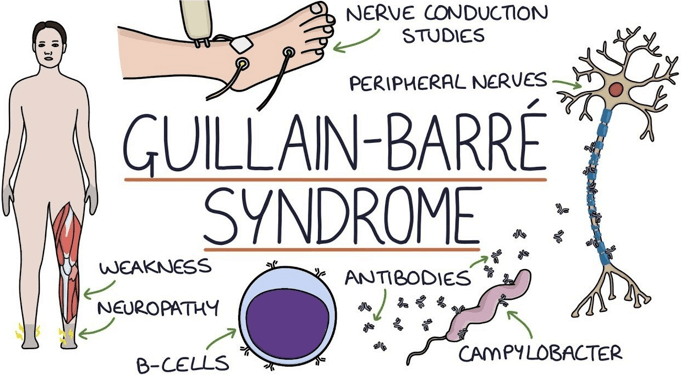Which actions should the practical nurse (PN) include when assessing a client for signs and symptoms of fluid volume excess? (Select all that apply.)
Palpate the rate and volume of the pulse.
Check fingernails for the presence of clubbing.
Measure body weight at the same time daily.
Observe the color and amount of urine.
Compare muscle strength of both arms.
Correct Answer : A,C,D
The PN should palpate the rate and volume of the pulse, measure body weight at the same time daily, and observe the color and amount of urine when assessing a client for signs and symptoms of fluid volume excess. These actions can help detect changes in the cardiovascular, renal, and fluid balance systems that may indicate fluid overloads, such as tachycardia, bounding pulse, weight gain, edema, oliguria, or dark urine.
The other options are not correct because:
B. Checking fingernails for the presence of clubbing is not relevant for assessing fluid volume excess, as clubbing is a sign of chronic hypoxia or lung disease that causes enlargement of the fingertips and nails.
E. Comparing muscle strength of both arms is not relevant for assessing fluid volume excess, as muscle weakness is not a specific sign of fluid overload, but may be caused by various factors such as electrolyte imbalance, nerve damage, or fatigue.
Nursing Test Bank
Naxlex Comprehensive Predictor Exams
Related Questions
Correct Answer is A
Explanation
This is the finding that the PN should report to the charge nurse because it indicates a possible complication of Guillain-Barre syndrome, which is autonomic dysfunction. This can affect the cardiac, respiratory, and gastrointestinal systems and cause life-threatening problems such as arrhythmias, hypotension, or respiratory failure. The PN should monitor the client's vital signs closely and report any abnormal changes.

Correct Answer is B
Explanation
A. Offering 10% dextrose via nipple feeding is used for infants who are unable to feed orally or with severe hypoglycemia. This neonate is still within range hence dextrose is not incicated at this point.
B. The infant is jittery with a glucose of 40 mg/dL, which indicates mild symptomatic hypoglycemia. Initiating frequent feedings of breast milk or formula is the first action to stabilize glucose while supporting oral intake.
C. Repeating the heel stick is important for monitoring, but it does not treat the low glucose and is not the first action.
D. Assessing for hypocalcemia may be indicated later, but the priority is addressing hypoglycemia through feeding.
Whether you are a student looking to ace your exams or a practicing nurse seeking to enhance your expertise , our nursing education contents will empower you with the confidence and competence to make a difference in the lives of patients and become a respected leader in the healthcare field.
Visit Naxlex, invest in your future and unlock endless possibilities with our unparalleled nursing education contents today
Report Wrong Answer on the Current Question
Do you disagree with the answer? If yes, what is your expected answer? Explain.
Kindly be descriptive with the issue you are facing.
